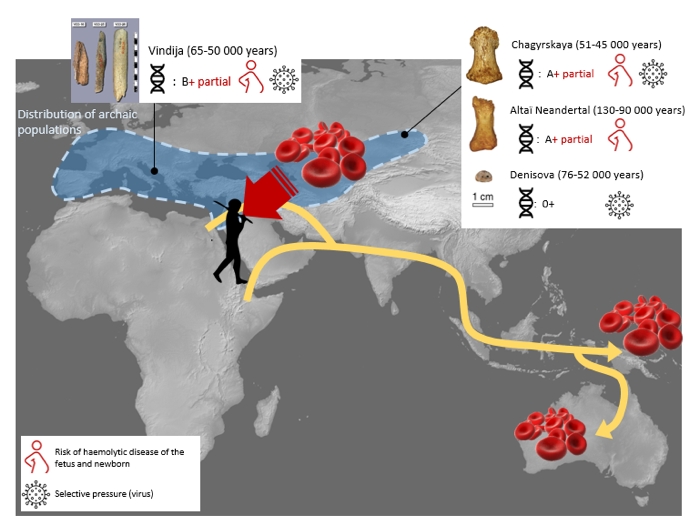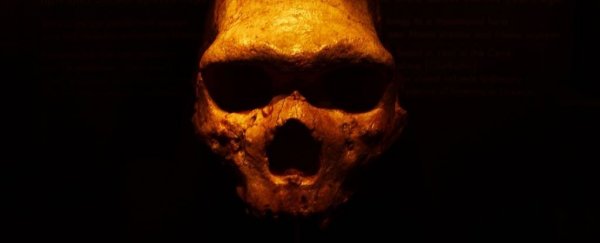A new analysis of Neanderthal genomes suggests the ancient blood that once pumped through this long-extinct population of archaic humans had more in common with modern human blood than scientists realized.
While it was long assumed that Neanderthals all possessed blood type O, a new study of previously sequenced genomes of three Neanderthal individuals shows polymorphic variations in their blood, indicating they also carried other blood types found in the ABO blood group system.
This means Neanderthal blood not only came in the form of blood type O – which was the only confirmed kind before this, based on a prior analysis of one individual – but also blood types A and B.
The finding, based on a range of blood group alleles identified in the genetic sequences of the three Neanderthal individuals (and also one Denisovan), appears to have been hiding in plain sight, with the team who made the discovery suggesting blood group research like this has been neglected amidst the emergence of other DNA analysis technologies.
 © Stéphane Mazières (photos: Douka et al./Mafessoni et al./Prüfer et al./Green et al.)
© Stéphane Mazières (photos: Douka et al./Mafessoni et al./Prüfer et al./Green et al.)
Above: The geographic origin, blood group, and dating of the individuals studied.
"Red cell blood groups are powerful anthropological markers," the researchers, led by first author and paleoanthropologist Silvana Condemi from Aix-Marseille University in France, explain in a new paper.
"Curiously, despite their significance and the amount of available genotypic data on modern humans that is continuously accumulating, almost no attention has been paid to … major red cell blood polymorphisms in paleogenetic studies."
In addition to the ABO discoveries, the researchers say the genes underlying the blood groups in these archaic humans consolidate the view that Neanderthals and Denisovans originally emerged out of Africa – due to an absence of certain antigens in their blood and the presence of ancestral blood groups linked to African populations.
"These features are in accordance with a Neanderthal and Denisovan gene pool pre-dating the exit of Homo sapiens from Africa," the researchers write.
Other genetic clues speak to a much later passage of time, including an allele of the RHD gene (which codes a protein in the Rh blood group), that's not found in modern humans with the exception of two present-day individuals: an Aboriginal Australian and an indigenous Papuan.
It's likely, the researchers suggest, that this mysterious link is evidence of interbreeding between Neanderthals and H. sapiens before the latter migrated to Southeast Asia.
As for what later helped spur the decline of the Neanderthals, the new study offers some ideas on that front too.
According to the researchers, a large number of shared alleles seen in the archaic genomes of the three Neanderthals and the Denisovan suggests low genetic diversity, likely linked to inbreeding in the case of the Neanderthals.
Furthermore, genetic variants in the archaic blood borne by the Neanderthals would have made them much more likely to develop hemolytic disease of the newborn (HDFN), an alloimmune condition in which a mother's immune system attacks the blood cells of her unborn fetus.
"These elements could have contributed to weakening the descendants to the point of leading to their demise especially combined with the competition with H. sapiens for the same ecological niche," the researchers write.
The findings are reported in PLOS One.
